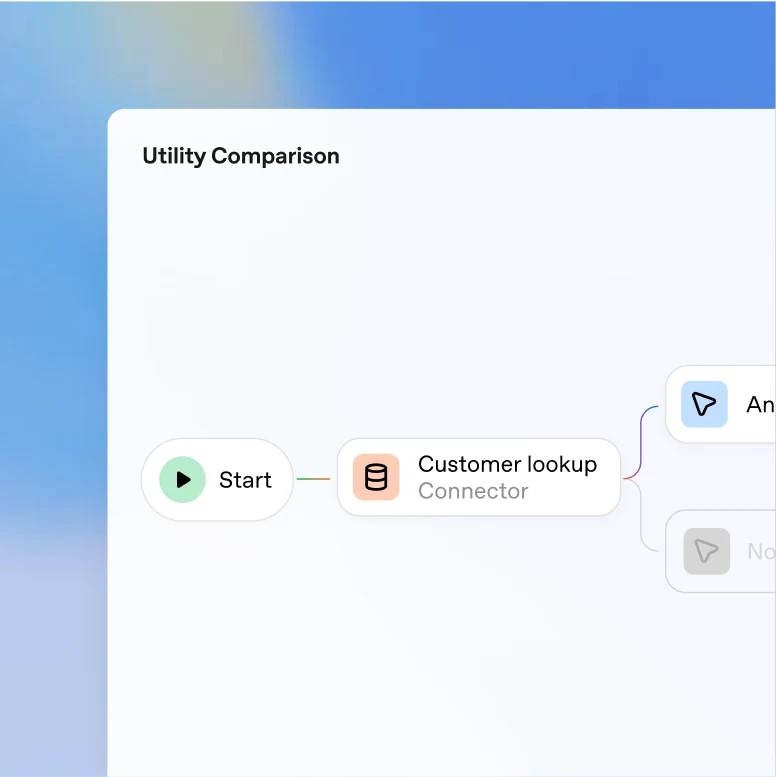Key Features of the OpenAI API
The OpenAI API in 2025 has evolved into a sophisticated, developer-centric platform that lets start-ups rapidly build and scale AI-driven products across a wide array of domains. The API now offers access to an advanced suite of models—such as GPT-4o for multimodal tasks (text, images, and audio in one model), high-fidelity GPT-5 Pro for complex reasoning and extended context, and specialized endpoints for code generation, image manipulation (DALL·E), and fluent speech-to-text (Whisper).
Key advancements that are especially impactful for start-ups include:
Unified Multimodal Processing: Seamlessly combine vision, audio, and natural language understanding in one API call, enabling next-level user interfaces and interactive agents without managing separate model pipelines.
Agentic Tools and Function Calling: Empower applications to automate real-world actions—like running code, querying databases, updating content, or making phone calls—by letting models call external APIs and work alongside existing SaaS tools.
Asynchronous Workflows with Background Mode: Offload long-running analysis, report generation, or large-batch tasks without risking timeouts or blocking user requests, making it possible to support complex jobs even as usage scales.
Encrypted Reasoning and Zero Data Retention: Protect proprietary logic and user data with encrypted reasoning items, no data retention on OpenAI’s servers, and compliance-ready integration for startups that require strong privacy guarantees.
Rapid Prototyping & Iteration: Extensive documentation, community libraries, and a new visual agent builder streamline onboarding for both new founders and experienced teams, helping startups test, refine, and deploy models with minimal friction.Other features most relevant to startups:
APIs with scalable throughput: Serve early MVPs up to enterprise-grade workloads.
Integrated content moderation for safer, well-regulated user communities and compliance.
Prompt engineering and experimentation tools to optimize output quality, cost, and user experience.
Flexible deployment across OpenAI or Azure’s infrastructure, with improved switching and versioning.Startups working with the OpenAI API can quickly implement voice assistants, semantic search, data analytics, or even automated customer success—all on reliable, secure, and cost-optimized infrastructure that adapts as the business grows. This dramatically compresses development timelines and resource requirements, giving founders the ability to launch, iterate, and find product-market fit in a fraction of the traditional cycle.
Cross-Industry Application






%201%20(1).avif)
